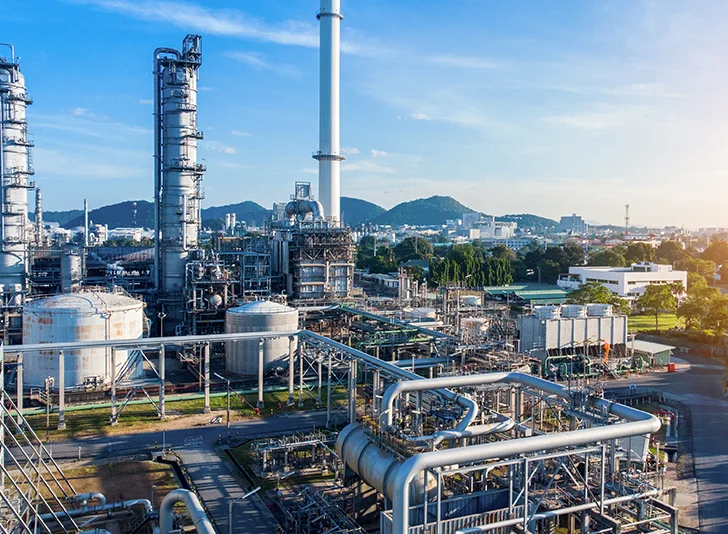Shale has played a pivotal role in the U.S. oil and gas boom, driven by technological advancements in horizontal drilling and hydraulic fracturing. These innovations have unlocked significant reserves from tight and low-permeability formations, making the U.S. the world’s largest producer and exporter of oil and gas. Shale has contributed to energy independence, economic benefits, and environmental advantages, including lower energy prices, increased revenues, job creation, and reduced emissions.
However, the sustainability of shale as a resource is a topic of concern due to factors such as high initial production rates, steep decline curves, and low recovery factors. Shale production demands constant drilling and investment to maintain and expand output. Various elements, including geology, technology, economics, and regulations, influence the quality, quantity, and profitability of shale oil and gas reserves. Reserves, representing estimated recoverable quantities, form the basis for the industry’s long-term production and value.
This blog delves into how major U.S. shale producers replaced their oil and gas reserves in 2020 and compares their reserve replacement ratios (RRRs) with historical averages and peer performance. The RRR is a crucial metric indicating whether a company is replenishing reserves at a rate equal to or surpassing production. A RRR exceeding 100% suggests reserve growth, while a value below 100% implies depletion.
According to data from Oil and Gas Financial Analytics, a peer group of 20 shale companies achieved a total RRR of 150% in 2020, down from 164% in 2019 but higher than the 120% recorded in 2018. Notably, organic reserve additions accounted for 72% of the total, with inorganic additions contributing the remaining 28%. Unlike other peer groups, such as diversified, gas-weighted, and oil-weighted exploration and production (E&P) companies, the shale group leaned more towards organic additions, emphasizing revisions of previous estimates.
Organic reserve additions for the shale group were primarily driven by revisions in estimates, reflecting changes in technical, operational, or economic assumptions. Permian Basin, Eagle Ford Shale, and Bakken Shale saw significant additions totaling 1.0 billion barrels of oil equivalent (Bboe). Discoveries and extensions added 0.5 Bboe, mainly in the Permian Basin, Eagle Ford Shale, and DJ Basin. Purchases and sales of minerals resulted in a net negative impact of 0.1 Bboe, mainly in the Permian Basin and Eagle Ford Shale.
Inorganic reserve additions were limited due to reduced acquisition activity and spending prompted by low oil and gas prices and the COVID-19 pandemic. Acquisitions of smaller companies, such as Jagged Peak Energy, QEP Resources, and Callon Petroleum, by Parsley Energy, Diamondback Energy, and Carrizo Oil & Gas, respectively, accounted for 76% of inorganic additions and 21% of total additions in 2020.
Among individual companies in the shale peer group, Parsley Energy led with a RRR of 465%, driven by reserves acquired from Jagged Peak Energy. Diamondback Energy and EOG Resources followed with RRRs of 231%, attributed to acquisitions and revisions of previous estimates, respectively.
In summary, U.S. shale producers replaced more reserves than they produced in 2020, resulting in a high RRR of 150%. The organic additions, particularly revisions of previous estimates, played a significant role, reflecting changes in technical, operational, or economic assumptions. However, the inorganic additions were relatively low due to reduced acquisition activity amid challenging market conditions. The varying RRRs among individual companies highlight differences in reserve replacement and production levels, crucial indicators for evaluating the long-term sustainability and value of shale producers.


